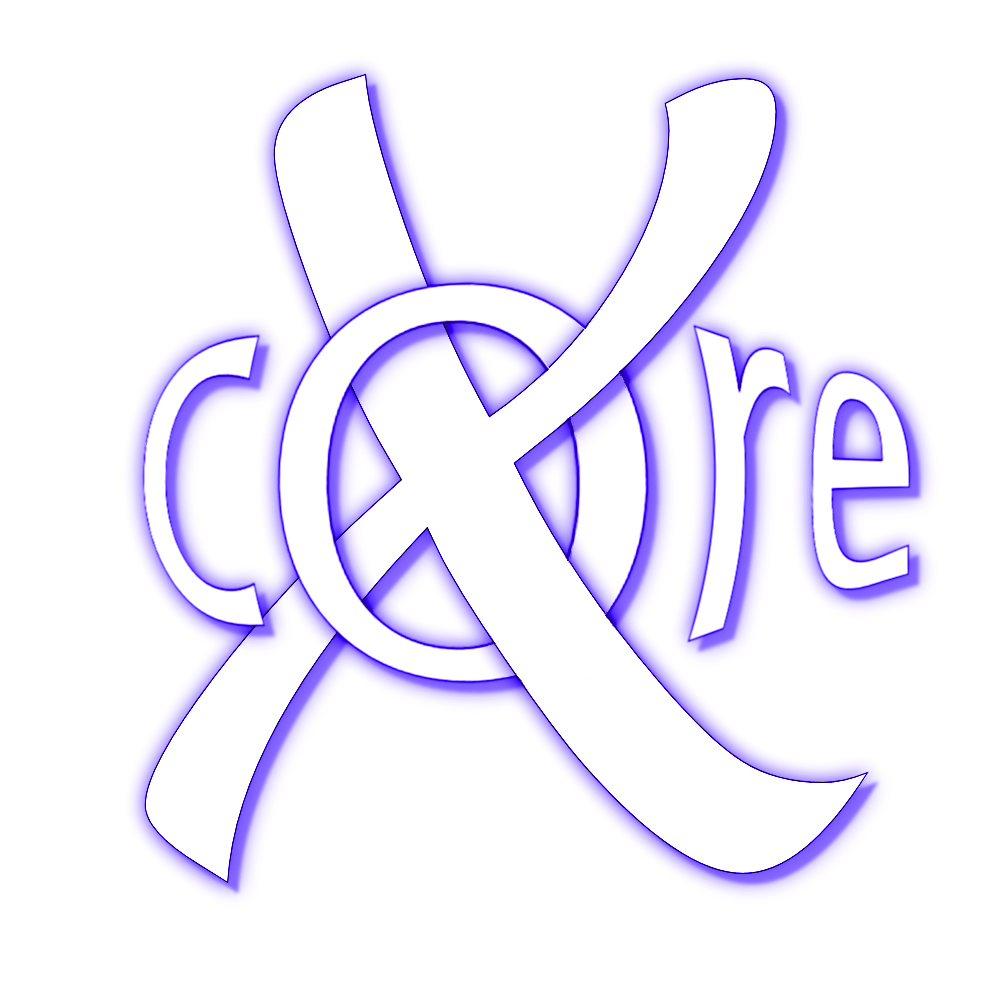Traditionally, you use EMF's tree editors to edit Ecore models. That can be cumbersome as the tooling is not the nicest to use. Furthermore, the Ecore model only describes the declarative part. Behavior, such as the body of EOperations or the code for derived EStructuralFeatures has to be woven in either from additional models or directly in the generated code. These and more issues are addressed by Xcore. Xcore allows to specify Ecore models textually, including the behavioral parts and the code generation parameters. Having a single source of information facilitates the maintanance of such a model drastically. Xcore is shipped with EMF.
In the upcoming Eclipse release 4.3 (Kepler) Xcore and Xtext can be used together. Here is a step-by-step example how to do this with Xtext's "Greetings" language:
- Create an Xtext project File > New > Project > Xtext Project. The defaults are fine. This will create the usual four projects for your Xtext language in your workspace.
- By default, Xcore generates its code to the folder src-gen. The same folder is used by Xtext and will be wiped each time you regenerate the language from the grammar. To avoid loosing data, choose a separate output folder for Xcore: Eclipse/Window > Preferences > Xcore > Compiler > Output Folder > Directory > ./emf-gen
- Create a new folder model in the root of org.xtext.example.mydsl and file Greetings.xcore inside that folder. Our Ecore model consists of an EPackage org.xtext.example.mydsl, two EClasses Model and Greetings, a containment EReference greetings and an EAttribute name. In Xcore, this looks like
:
- Open the grammar MyDsl.xtext. By default, the Ecore model myDsl is generated from the grammar rules. We want to replace this with the Ecore model specified in the Xcore file:
- We have to load the Xcore model in the workflow GenerateMyDsl.mwe2 of the language generator. Add an appropriate loadedResource entry to the language section:
module org.xtext.example.mydsl.GenerateMyDsl ... Workflow { ... component = Generator { ... language = auto-inject { loadedResource ="platform:/resource/${projectName}/model/Greetings.xcore" uri = ... - You have to add a dependency to org.eclipse.emf.xcore in the MANIFEST.MF of the project.
- Now generate the language infrastructure Run As > MWE2 Workflow. There should not be any error.
- Make sure that all folders will be correctly deployed. Your build.properties file should look like this
:
- Launch a new Eclipse workbench Run > Run Configurations > Eclipse Application > Launch Runtime Eclipse and enjoy your language in action
.
Sorry, I couldn't resist ;-)





15 comments:
Does this include the Xcore 2 Java Generation or do i have to use the eclipse builder for that?
Currently we rely on the Eclipse builder for the Xcore code generator. I am not aware of an MWE component for that. Sounds like an enhancement request for bugzilla ;-)
I encountered the following error while editing my *.mydsl file:
org.eclipse.xtext.parser.ParseException: java.lang.IllegalStateException: Unresolved proxy platform:/resource/org.xtext.example.mydsl/model/Greetings.xcore#/EPackage/Greeting. Make sure the EPackage has been registered.
Thank you for blogging on Xcore...
I have started to use it, and using DSL to define EMF model is really cool (in my opinion much better than clicking in the ecore tree editor).
I think the project deserve a bigger audience.
@John Are you using the latest RC4 builds of both projects? Please also make sure the EPackage is correctly registered in the plugin.xml of the org.xtext.example.mydsl plug-in. If it's empty, delete it, then first rerun the Xcore generator and then the Xtext generator.
@Jan Do you know if any Xcore standalone generator exists?
Based on that writing an IWorkflowComponent adapter should be straight-forward.
Jan, do you have a longer example of the workflow? I'm moving from a genmodel based implementation, and it's not clear what to do w/ the Standalone setup, or if I even still need that.
StandaloneSetup is still necessary, but you should not have to register the .ecore and .genmodel files of your Xcore model.
Thanks Jan, please see my follow-up at http://www.eclipse.org/forums/index.php/m/1082529/#msg_1082529
I know it is an older post, but it seems there isn't an o.e.emf.xcore plugin to require (step 6), however there is a org.eclipse.emf.ecore.xcore plugin. Same thing?
I know it is an older post, but it seems there isn't an o.e.emf.xcore plugin to require (step 6), however there is a org.eclipse.emf.ecore.xcore plugin.
Same thing?
@Raphael This should be the right one.
Hi,
I have an xcore project but I want to customize the save operation. I want to generate ecore model when the xcore file is saved. Is it possible? if yes, how?
@Parisa Your question is not related to Xtext but to Xcore only, so why not as it in the EMF forum?
Because I must save the xcore as ecore or better to say with xmi format programmatically but it's the answer which I taken.
https://www.eclipse.org/forums/index.php/t/1074048/
Post a Comment